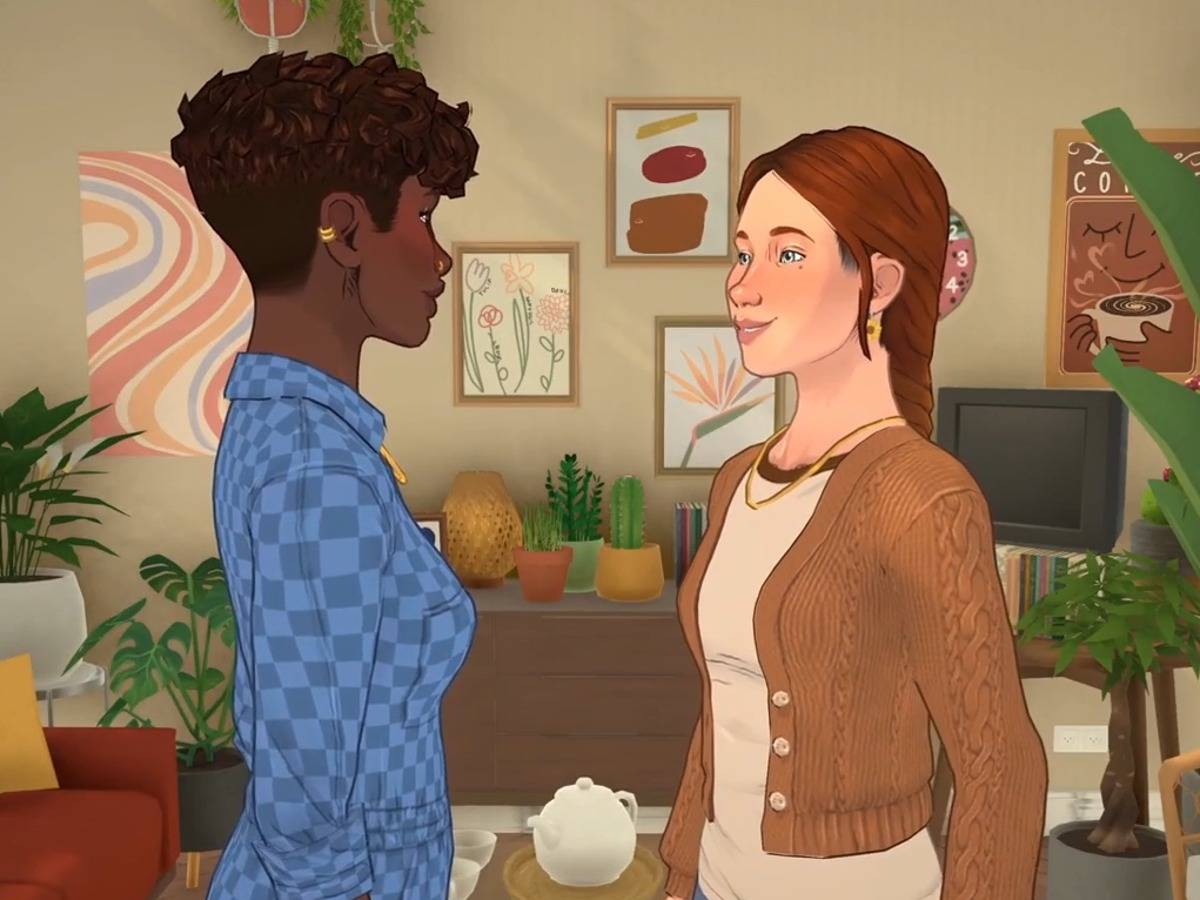PARALIVES: A Scientific Examination of Flirting and the Sims Challenger’s December Launch
Popular Now
 The Legend of Zelda
The Legend of Zelda
 NBA 2K24
NBA 2K24
 Roblox
Roblox
 Valorant
Valorant
 Counter-Strike 2
Counter-Strike 2
 Free Fire Max
Free Fire Max
 Free Fire
Free Fire
 Warframe
Warframe
 Garena Free Fire: Kalahari
Garena Free Fire: Kalahari
 EA SPORT FC 25
EA SPORT FC 25

The life simulation game market is about to receive a significant jolt. Paralives, the highly anticipated indie challenger to The Sims franchise, is set to enter Early Access on December 8, 2025. Developed by the small but ambitious Paralives Studio, this launch date marks the culmination of years of community-driven development, positioning the game as a potential paradigm shift in the genre.
As the countdown begins, recent developer showcases have shifted the focus from the game’s impressive build mode features—such as curved walls and resizable furniture—to the subtle, yet crucial, heart of any life sim: social interaction. A scientific assessment of the newly unveiled flirting animations and conversational mechanics provides a vital look at whether ‘Parafolks’ can truly capture the complexity of human—or simulated human—relationships.
 H2: The Science of Seduction in Paralives
H2: The Science of Seduction in Paralives
In a genre where romance often boils down to a few standardized cartoonish actions, Paralives is attempting a more nuanced approach. The latest footage delves into the mechanics of social engagement, specifically how characters—dubbed ‘Parafolks’—express interest.
- Subtle Body Language: Unlike the slapstick, heart-eye-emoji overtures often seen in competitors, Paralives’ flirting appears to rely on subtle non-verbal cues. This includes deliberate eye contact, slight leaning-in during conversations, and delicate hand movements. The development team is utilizing procedural animation, which suggests Parafolks’ reactions will be moderately context-sensitive, offering a more organic flow to interactions rather than jarring, predetermined clips.
- The ‘Together Cards’ System: Social interactions are directed using a system of ‘Together Cards,’ where players select a general intention. Crucially, these cards have variants, allowing players to express different underlying emotions or attitudes with the same action. This added layer of subtlety aims to make the process of nurturing relationships—or initiating a high CPC-generating online term like digital romance—feel less like checking off a to-do list and more like navigating genuine social complexity.
- Personality-Driven Animations: Idle and conversational animations are confirmed to be driven by a Parafolk’s ‘vibe’ and personality traits. This means a shy, reserved character will flirt differently than an outgoing, confident one. This system adds significant depth, moving beyond mere relationship scores to create a richer, more believable simulation of personality in action.
 H2: Challenging The Sims: Innovation vs. Scale
H2: Challenging The Sims: Innovation vs. Scale
The excitement around Paralives is directly linked to the community’s dissatisfaction with perceived shortcomings in The Sims 4, particularly its dependence on expensive paid DLC and its lack of features that fans loved from older generations. Paralives is designed to fill this void by integrating fan-favorite features into its base game.
- Core Game Revolution: Paralives promises several features that Sims players have long requested, including an open-world neighborhood (similar to The Sims 3), a robust color wheel for endless customization of clothing and objects, and a height slider in the character creator. These features, confirmed for the Early Access launch, are central to the game’s appeal.
- A Different Business Model: The studio has explicitly pledged to never release paid DLCs. Instead, all significant expansions and updates, such as the later addition of pets, seasons, and vehicles, will be free updates, a move that directly targets the monetization strategy of its main competitor and serves as a major draw for gaming enthusiasts seeking better value for money.
- Early Access Expectations: While the December release is eagerly awaited, the developers—a small indie team of around 15 people—have been transparent that the initial Early Access build will not have the sheer volume of content as a fully developed, decades-old franchise. Features like active career jobs, swimming, and certain social events will be added throughout the estimated two-year Early Access period. This sets a crucial expectation: Paralives will launch as a fundamentally different, and arguably more community-focused, alternative, rather than a full-scale replacement on day one.
H2: The Future of Life Simulation and Social Dynamics
The success of Paralives will be measured not just in sales, but in its ability to deliver on the promise of a deeper, more customizable, and more engaging life simulation. The focus on nuanced social dynamics, especially in something as foundational as flirting and relationships, is a critical indicator of the game’s overall quality and immersion.
By prioritizing the complexities of non-verbal cues and context-sensitive interactions through systems like ‘Together Cards’ and personality-driven animations, Paralives Studio is signaling a commitment to a gentler, more authentic slice-of-life experience. This emphasis on meaningful character building suggests that the game’s greatest strength will be in the stories players are enabled to tell, rather than the sheer amount of content available. As December 8th approaches, all eyes will be on whether this ambitious indie project can truly deliver a compelling new era for the life simulation genre.









